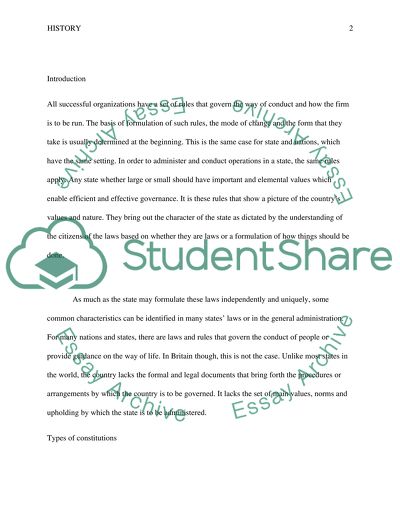Cite this document
(“The Strengths and Weaknesses of Britain's 'Traditional Constitution' Essay”, n.d.)
Retrieved from https://studentshare.org/history/1439477-evaluate-the-strengths-and-weaknesses-of
Retrieved from https://studentshare.org/history/1439477-evaluate-the-strengths-and-weaknesses-of
(The Strengths and Weaknesses of Britain'S 'Traditional Constitution' Essay)
https://studentshare.org/history/1439477-evaluate-the-strengths-and-weaknesses-of.
https://studentshare.org/history/1439477-evaluate-the-strengths-and-weaknesses-of.
“The Strengths and Weaknesses of Britain'S 'Traditional Constitution' Essay”, n.d. https://studentshare.org/history/1439477-evaluate-the-strengths-and-weaknesses-of.


